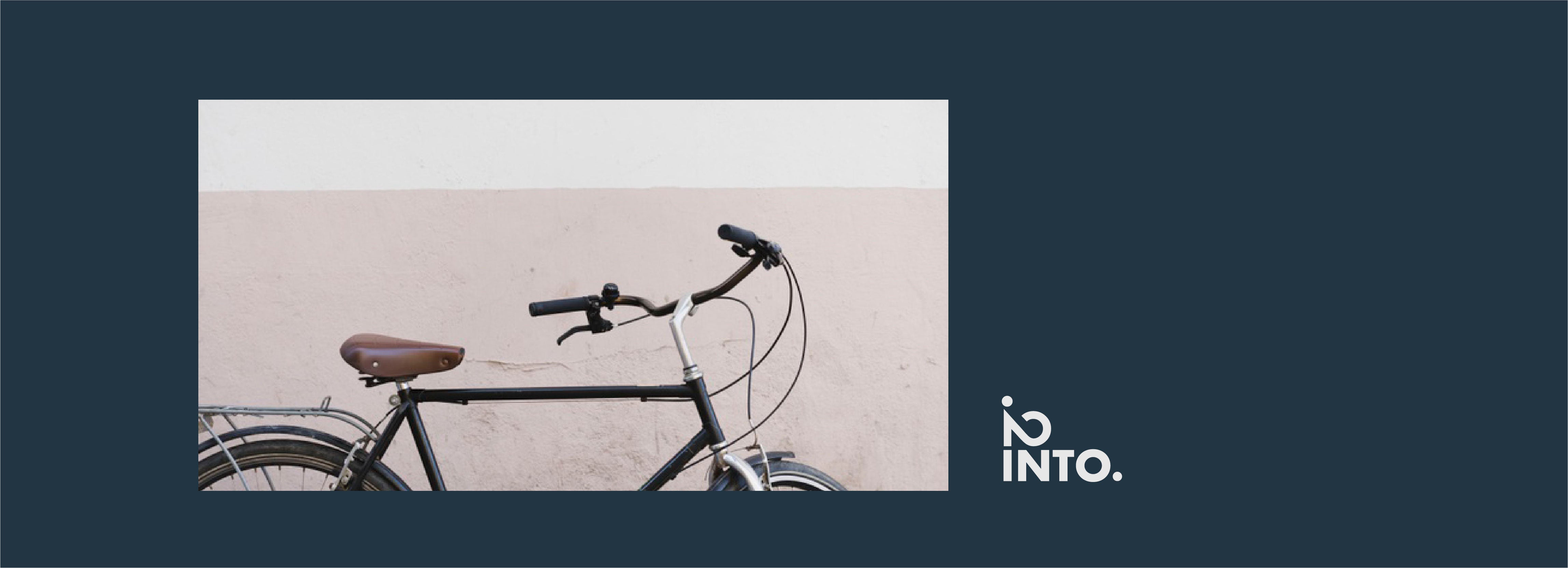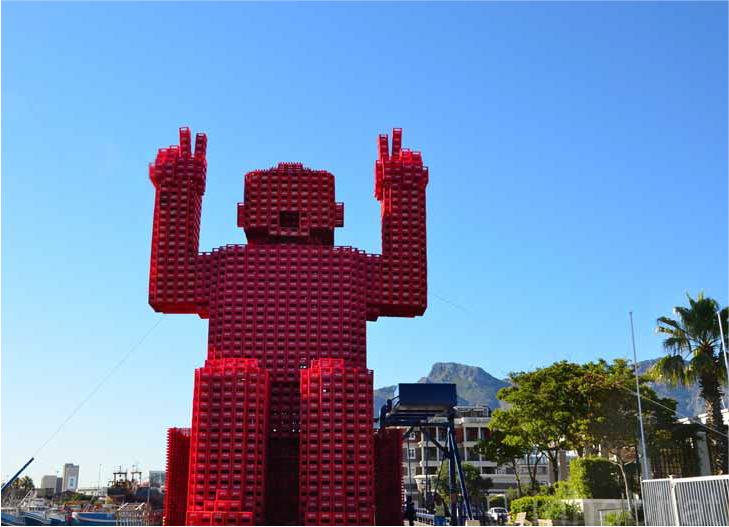Do you talk to your stuff? Probably not. Although if you do, thats cool too. We all develop connections with our belongings. The better they serve us, the stronger our relationship becomes. Think of Tom Hanks and Wilson on that island.
Stranded on an island, Tom and Wilson develop a bond out of scarcity. If Tom had wifi he might have spent more time on the gram, but due to a lack of accessibility, his relationship with Wilson blossoms. The two spend years together, they share every meal, go on adventures and vay-k by the beach. (Spoiler alert) Wilson vanishes over the reef and leaves Tom heartbroken.
Back on the main land, our relationship with material goods is a little different. If we decide we need something (which wasn't an option for Tom) there is a paralysing range of options in price, quality and colour. We are blessed (and stressed) with the opportunity to choose from thousands of products available at our fingertips.
There is no scarcity of options. But this abundance of supply results in a different kind of scarcity; a scarcity of value and a scarcity of ownership.
Back in 'the olden days' it was harder to buy stuff.
The decision to buy was not made lightly and more sacrifices had to be made to do so. Crazy laborious tasks like going to the local market had to be done to buy goods. So when a purchase did go down there was a greater sense of appreciation for the possession, building a true sense of ownership.
It was also common for the guy or gal selling the goods to be the maker. Being able to communicate with the maker is an invaluable experience in determining the value and feasibility of a product. It establishes a personal connection and builds trust between offering and consumer. Nowadays, we are becoming further removed from these interactions.
Purchasing through department stores and online is easy and inexpensive. The downside is, this passive transaction is just that, passive. We have become distanced from the source and value of the materials we consume. Often it is near impossible to find who made your product or where it has come from. As a result we are removed from any real interaction with our products and our relationship with them has become passive.
Our relationship with material goods is looking more like a one night stand.
The knowledge gap between consumer and material has become so large that we may as well be stranded on an island. But its not all our fault. In pursuit for profit, big companies have contributed to lots of scary things like cheap overseas labour, unethical harvesting of virgin materials and mass manufacturing. All which are having super bad affect and further distancing us from the true worth of our goods.
We are constantly bombarded with offers and special promotions from people trying to sell us. This perpetual cycle of making and selling invades all corners of our lives, it takes a seasoned social media veteran to navigate around the noise of advertisements. All this noise and mass production is leaving us overstimulated and underwhelmed.
This is the part were I tell you all the devastating affects our passive consumption is having on the planet. But we all know this so lets save precious time and attention and discuss solutions.
We need to relearn the true value of possession.
A great place to start is following the principles of Minimalism. If you know the foundations of minimalism then skip to the next paragraph for more juicy stuff, if not, here is a somewhat bastardised summary;
First, identify the core goods and gadgets you need to #liveyourbestlife. Full blown Minimalists aim for around 300 total possessions (which when you break it down, isn't much stuff).
Second, purchase high quality versions of these goods that have longevity of service to your needs (read more about longevity in another of my rambles here).
Less stuff means you have less to worry about, less decisions to make and less impact on the environment. Basically, we can live more like Tom and Wilson, carefree and straight chillin' beachside.
But the super good news is...
As consumers we have an extreme amount of purchasing power. Brands are realising that not everyone fits into the cookie cutter mould the big dogs are pushing. More and more small brands are providing niche offerings that are tailored to 'our needs'.
Each of us have our own individual needs, the beauty of the internet is we don't need to slug it down to the local market to find quality made goods anymore (although this is still a great option). Fantastic things like Shopify have made it easier than ever to build and distribute goods.
For consumers this means we have more chance of conversing with the maker, more chance 'our needs' will be satisfied and more chance of building a lasting relationship with our stuff.
We need new ways to develop real connections when purchasing our goods. We need to understand the resources and sacrifices it takes to produce something. By brands opening their doors and engaging their community with honest and transparency we are slowly bridging the gap between material and consumer.
We are slowly putting the pants back on in this material relationship.
The better a brand can engage a customer around the community of their offering, the better relationship they will have with that product. When purchasing a product from an honest and engaging brand we feel an emotional connection beyond the task the product is completing. The better brands can build experience and connection with their customers, the more value they will provide and the more value their customers will have for those possessions.


